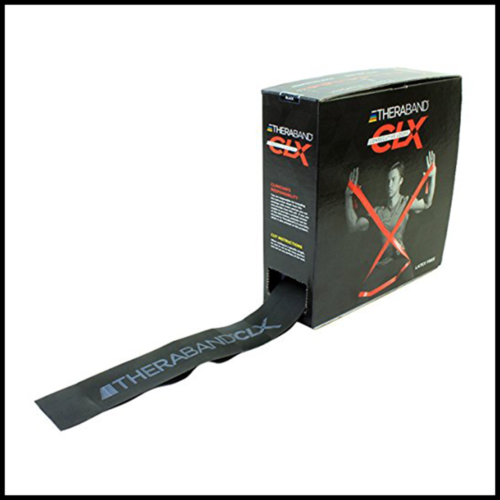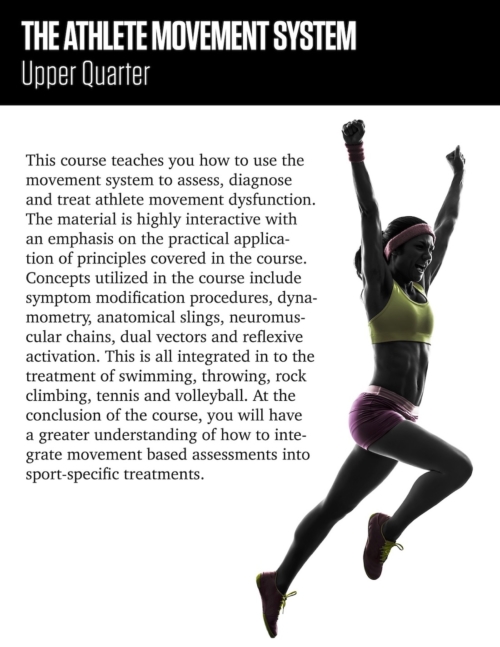-
 Virtual care delivery presents with unique organizational, practitioner, and patient benefits and barriers that do not exist within traditional in-person care. Effective use of telehealth requires the provider to recognize whether or not a patient is appropriate for telehealth, communicate the advantages and disadvantages with the patient, and understand how to resolve technical issues. The goal of this course is to address these challenges and provide clinicians with best-practice strategies to effectively incorporate telehealth into their care delivery.
Virtual care delivery presents with unique organizational, practitioner, and patient benefits and barriers that do not exist within traditional in-person care. Effective use of telehealth requires the provider to recognize whether or not a patient is appropriate for telehealth, communicate the advantages and disadvantages with the patient, and understand how to resolve technical issues. The goal of this course is to address these challenges and provide clinicians with best-practice strategies to effectively incorporate telehealth into their care delivery. -
 This course will introduce clinicians to best practices for gathering patient history during a telehealth subjective exam. Telehealth continues to be a widely used patient care model, and there are some significant differences in taking a patient's history during a telehealth visit when compared to an in-person visit. This course will go over the essentials for getting started with a subjective exam and how to improve communication remotely, structure a subjective exam in the remote environment, and determine if a patient is appropriate for telehealth.
This course will introduce clinicians to best practices for gathering patient history during a telehealth subjective exam. Telehealth continues to be a widely used patient care model, and there are some significant differences in taking a patient's history during a telehealth visit when compared to an in-person visit. This course will go over the essentials for getting started with a subjective exam and how to improve communication remotely, structure a subjective exam in the remote environment, and determine if a patient is appropriate for telehealth. -
 This course will introduce clinicians to best practices for performing Telehealth interventions. Telehealth continues to be a widely used patient care model and there are differences in providing patient interventions during a telehealth visit when compared to an in-person visit. This course addresses these differences by providing alternate strategies for interventions that clinicians can directly apply to their practice in a telehealth model. This course will cover remote interventions related to neuromuscular re-education, joint/muscle mobility, muscle performance, and patient education
This course will introduce clinicians to best practices for performing Telehealth interventions. Telehealth continues to be a widely used patient care model and there are differences in providing patient interventions during a telehealth visit when compared to an in-person visit. This course addresses these differences by providing alternate strategies for interventions that clinicians can directly apply to their practice in a telehealth model. This course will cover remote interventions related to neuromuscular re-education, joint/muscle mobility, muscle performance, and patient education -
 This course will introduce clinicians to best practices for performing a telehealth objective exam. Telehealth continues to be a widely used patient care model, and there are many differences in performing an objective exam during a telehealth visit when compared to an in-person visit. Most notably, the absence of the ability to perform manual assessments poses a challenge for obtaining accurate tests and measures remotely. This course addresses this challenge by providing alternate strategies for physical tests and measures that clinicians can apply directly to their practice in a telehealth model. This course will cover how to structure the objective exam as well as how to assess posture, movement, mobility, muscle performance, and a variety of other tests and measures during a telehealth visit.
This course will introduce clinicians to best practices for performing a telehealth objective exam. Telehealth continues to be a widely used patient care model, and there are many differences in performing an objective exam during a telehealth visit when compared to an in-person visit. Most notably, the absence of the ability to perform manual assessments poses a challenge for obtaining accurate tests and measures remotely. This course addresses this challenge by providing alternate strategies for physical tests and measures that clinicians can apply directly to their practice in a telehealth model. This course will cover how to structure the objective exam as well as how to assess posture, movement, mobility, muscle performance, and a variety of other tests and measures during a telehealth visit. -
 This course will utilize the movement system as a framework to assess the biomechanics of tennis. You will learn how to identify the critical events of the tennis serve, forehand, and backhand. You will then advance your movement assessment skills by integrating specific assessment techniques that correlate with each critical event. Based on your movement observations and biomechanics knowledge, you will then learn how to classify movement dysfunction and provide sport-specific treatments to correct inefficient movement.
This course will utilize the movement system as a framework to assess the biomechanics of tennis. You will learn how to identify the critical events of the tennis serve, forehand, and backhand. You will then advance your movement assessment skills by integrating specific assessment techniques that correlate with each critical event. Based on your movement observations and biomechanics knowledge, you will then learn how to classify movement dysfunction and provide sport-specific treatments to correct inefficient movement. -
 This continuing education course is a recorded webinar hosted on the Medbridge platform. This course incorporates biomechanical, movement, and sport-specific based assessments to analyze and treat the lower quarter athlete. Concepts utilized in the course include relative flexibility, quality and timing of muscle contraction, dynamometry, closed kinetic chain muscle testing, speed of force generation, cross-body assessments, anatomical slings, neuromuscular chains, dual vectors, and reflexive activation. After the course, you will have a greater understanding of how to integrate clinical movement-based assessments into sport-specific treatments.
This continuing education course is a recorded webinar hosted on the Medbridge platform. This course incorporates biomechanical, movement, and sport-specific based assessments to analyze and treat the lower quarter athlete. Concepts utilized in the course include relative flexibility, quality and timing of muscle contraction, dynamometry, closed kinetic chain muscle testing, speed of force generation, cross-body assessments, anatomical slings, neuromuscular chains, dual vectors, and reflexive activation. After the course, you will have a greater understanding of how to integrate clinical movement-based assessments into sport-specific treatments. -
 This continuing education course is hosted on the Medbridge platform and teaches you how to use the movement system to assess, diagnose, and treat athlete movement dysfunction. The course is highly interactive. After analyzing human movement, you will integrate concepts of mobility, muscle performance, and symptom modification procedures into movement-based classifications. You will learn how to develop interventions based on observed faulty movement patterns and integrate sport-specific treatments into a systematic framework that addresses the athlete's spine.
This continuing education course is hosted on the Medbridge platform and teaches you how to use the movement system to assess, diagnose, and treat athlete movement dysfunction. The course is highly interactive. After analyzing human movement, you will integrate concepts of mobility, muscle performance, and symptom modification procedures into movement-based classifications. You will learn how to develop interventions based on observed faulty movement patterns and integrate sport-specific treatments into a systematic framework that addresses the athlete's spine. -
 This course is a recording of a previously hosted live webinar event. Polling and question submission features are not available for this recording. Format and structure may differ from standard MedBridge courses. This course teaches you how to use the movement system to assess, diagnose and treat athlete movement dysfunction. The material is highly interactive with an emphasis on the practical application of principles covered in the course. Concepts utilized in the course include symptom modification procedures, dynamometry, anatomical slings, neuromuscular chains, dual vectors and reflexive activation.nt.
This course is a recording of a previously hosted live webinar event. Polling and question submission features are not available for this recording. Format and structure may differ from standard MedBridge courses. This course teaches you how to use the movement system to assess, diagnose and treat athlete movement dysfunction. The material is highly interactive with an emphasis on the practical application of principles covered in the course. Concepts utilized in the course include symptom modification procedures, dynamometry, anatomical slings, neuromuscular chains, dual vectors and reflexive activation.nt. -

Course Description
This course teaches you how to use the movement system to assess, diagnose and treat spine dysfunction. The material is highly interactive with an emphasis on the practical application of principles covered in the course. You will refine your ability to assess and treat spine movement dysfunction through a systematic rehabilitation framework. At the conclusion of the course, you will have a greater understanding of how to integrate movement based assessments into the management of patients with pain in the spine.
-

- Daisy chain loops perfect for sport specific movements
- Enables workouts such as simultaneous upper and lower body exercises and additional resistance for dumbbell training with the functionality and portability of a traditional resistance band
- Non-Latex CLX with no scent and no powder
- A variety of resistance level options with varied band colors ranging from 2.4 lbs to 21.3 lbs
-

- Daisy chain loops perfect for sport specific movements
- Enables workouts such as simultaneous upper and lower body exercises and additional resistance for dumbbell training with the functionality and portability of a traditional resistance band
- Non-Latex CLX with no scent and no powder
- A variety of resistance level options with varied band colors ranging from 2.4 lbs to 21.3 lbs

